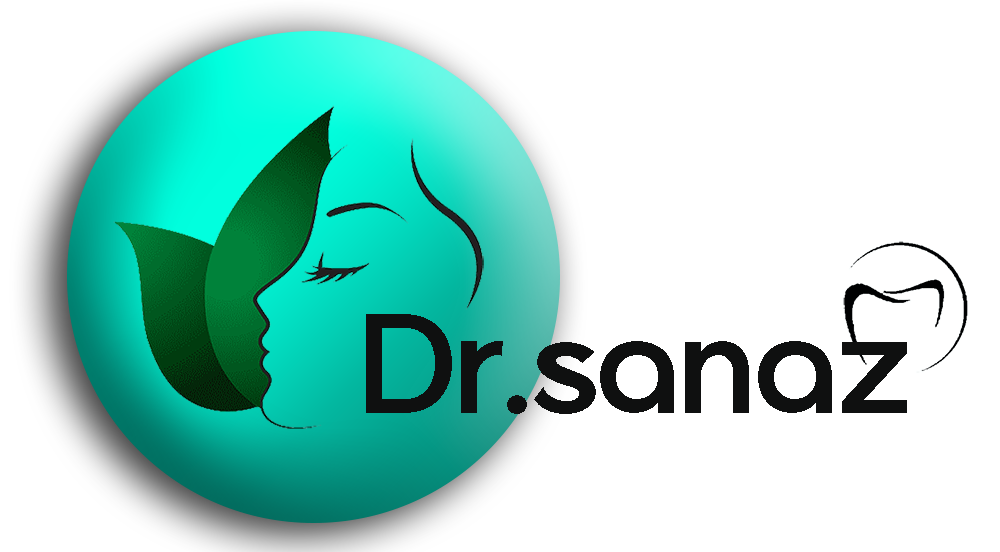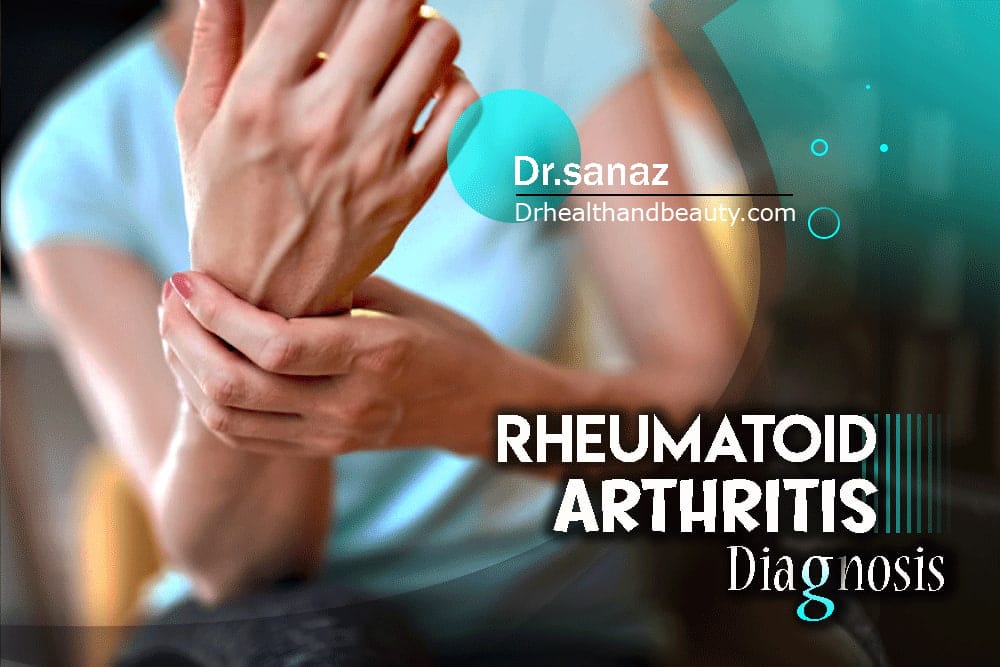

Treatment Options For Rheumatoid Arthritis In The Hand / New Finding
Table of Contents
Rheumatoid arthritis is one of autoimmune disease that causes inflammation and pain in your joints. This disease is chronic and has no cure. However, in recent years, new treatment options have provided a much better quality of life for those with rheumatoid arthritis.
Considering that we said that this disease has no cure, you should first know that the treatment of this disease focuses on the following:
- Stop the progression of the disease
- Avoid joint damage
- Reduce daily pain
Doctors usually recommend a combination of physical therapy, medications, and lifestyle changes to make well RA. Sometimes, surgery and other treatments may be needed.
Treatment options for rheumatoid arthritis
Medicines used to treat rheumatoid arthritis
There are different types of drugs to treat RA.
The effectiveness of the drugs that are used to slow down the progression of the disease and reduce inflammation and pain depends on how you react to the drugs and the overall health of the body.
Related: “What Are The Red Flags Of Rheumatoid Arthritis?“
Drugs that slow down the progression of rheumatoid arthritis
Medications that slow the increase of rheumatoid arthritis can help reduce symptoms and prevent joint damage and disability. such as:
- Disease-modifying antirheumatic drugs (DMARDs): DMARDs help prevent joint damage and are generally part of the initial treatment of RA. It may take several months to feel the full effects of DMARDs, and you and your doctor may need to try several options before you find the one that’s right for you to heal.
.
- Biological treatments: Biological treatments are administered by injection and usually in combination with DMARDs when DMARDs are not effective by themselves. Biological therapies are a new form of treatment that can prevent the immune system from attacking your joints. Biological treatments include etanercept (Enbrel) and infliximab (Remikid). They have a rehabilitating effect.
.
- Janus Kinase (JAK) Inhibitors: JAK inhibitors are a new type of DMARD that can be helpful for people who cannot take traditional DMARDs or who do not see improvement from traditional DMARDs.
Related: “10 Early Symptoms Of Lupus In Women“
.
Medicines to reduce the inflammation and pain of rheumatoid arthritis.
Many people with rheumatoid arthritis also use medications to help manage pain. They may take these drugs temporarily, during exacerbations, or every day, depending on the condition and treatment plan they discuss with their doctor.
.Related: “What is Gout and How to Control Gout Symptoms“
- Non-steroidal anti-inflammatory drugs (NSAIDs): NSAIDs reduce inflammation, relieve pain, and get better. Your doctor may recommend over-the-counter NSAIDs such as ibuprofen or naproxen sodium or may prescribe stronger NSAIDs to heal.
Physiotherapy and occupational therapy
- Physiotherapy and occupational therapy may be part of the RA treatment plan. Treatment can include:
- Assess current ability level
- Power up
- pain relief
- Reducing the speed of joint damage
- Physiotherapy
A physiotherapist can reduce pain through massage and muscle stimulation. In order to rehabilitate, they can teach you exercises to do at home that will increase your strength and reduce your pain.
You may have physical therapy when you are first diagnosed with rheumatoid arthritis or as needed during the course of your disease, for example, if a particular joint begins to cause pain and problems.
Related: “How Do You Slow Down Arthritis?“
- occupational therapy
Occupational therapy can help you maintain your ability to do daily tasks on your own. They can also recommend support and devices To help you recover and teach you how to use them. Which can include the following:
- Splints
- braces
- Mobility aids
- Glass handles and door handles
- Railings for stairs and bathroom bars for support
Surgical options for rheumatoid arthritis
Sometimes, surgery is needed to fix the damaged joints. The exact surgery you need depends on the impacted joint and the extent of the damage.
Surgical treatment options include:
- Arthroscopy and synovectomy: Arthroscopy is a minimally invasive surgical method that can be used to perform synovectomy. Synovectomy is performed to delete the inflamed lining of the joint.
Arthroscopy of small joints of the hand and wrist is now possible due to the smaller equipment.
Encouraging results have been achieved in cartilage repair and replacement in larger joints such as the knee, and some of these techniques are being used in smaller joints of the hand and arm.
- Tendon repair: this is an orthopaedic surgical procedure used to help repair torn or loose tendons around your joints.
.
- Joint replacement: When the damage reaches the point where other surfaces are no longer effective, joint replacement or fusion (arthrodesis) is performed.
Joint replacement removes the entire damaged joint and replaces it with an artificial joint.
Related: “Complications Of Bone Marrow Transplant“
The purpose of joint replacement is to provide pain relief and restore function. Replaced joints are made of materials similar to weight-bearing joints, such as ceramics or metal and plastic parts, with a long history.
The goal is to improve the performance and longevity of the replacement joint. As with any developing technology, the long-term results of hand or wrist replacement are not yet known.
Related: “What Are The Risk Factors for Spondyloarthritis? Practical Guide“
Food supplements and diet changes
Some people report that dietary changes as a cure option help reduce RA symptoms. This generally involves following an anti-inflammatory diet avoiding foods high in sugar, artificial substances and carbohydrates.
The anti-inflammatory diet includes foods such as the following examples:
- Fish
- different types of berry
- Avocados
- pepper
- Dark green leafy vegetables
- tomatoes
- Extra virgin olive oil
- Dark Chocolate
Other people with RA find that supplements can reduce inflammation. Studies have shown that omega-3 fish oil supplements and turmeric are associated with reduced RA symptoms.
Related: “How Much Calcium Is Needed To Prevent Osteoporosis? “
Visit your doctor before using any supplement to make sure it does not interfere with your current prescription.
Changing lifestyle
There are lifestyle measures you can take at home to decrease pain and manage your RA. Like:
- Increase movement: To rehabilitate it is a good idea to increase your daily activity even if you can’t fit a workout into your schedule. Small changes, such as using stairs instead of the elevator, can help you be active and manage your RA.
- Adequate rest: Rest can reduce inflammation and restore your energy. It is important to rest every once in a while, especially when the pain is severe.
- Using cold and hot treatments: The heat of a warm bath can soothe your joints and muscles, while the cold of an ice cream can relieve the pain of swollen joints and decrease inflammation.
.
Related: “How Can I Raise Iron Levels Fast?“
What stage of RA is inflammatory?
All stages of rheumatoid arthritis (RA) are inflammatory, as RA is an autoimmune disease that affects the joints and causes chronic inflammation.
What is the best pain relief for rheumatoid arthritis?
Considering that each person’s body responds differently to different treatments, there is no general prescription for everyone, and each person’s body response must be tested to find the best pain reliever for RA.
Conclusion
As mentioned earlier, the treatment of rheumatoid arthritis (RA) is to control the symptoms, prevent further damage to the joints, and increase and improve the quality of life and ability of the sufferers.
Related: “Rheumatoid Arthritis Diagnosis/ Timely Action“
It is also important to note that joint damage caused by rheumatoid arthritis is usually diagnosed when the inflammation may be at its worst, which is usually in the first two years of the disease, although finding out whether the patient has Long-term effects of joint damage will be difficult.
However, before proceeding to any of the treatment options, you should know the side effects of each of the treatments mentioned in this article and then take action.

